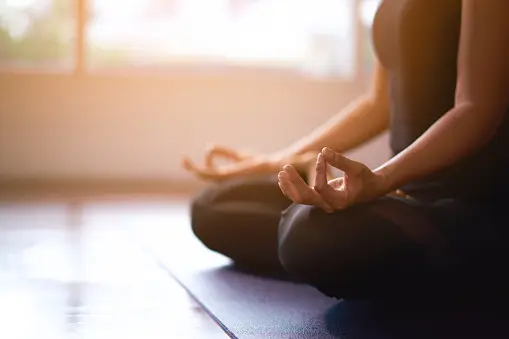Meditation is an ancient and fascinating practice that has been pursued for thousands of years. Over the centuries, countless people have found relaxation, insight, and inner peace by sitting down, clearing their minds, and observing their own consciousness in a quiet, reflective way. Learning to meditate can seem intimidating, and many find that they don’t know how to begin. These tips will help you get started so you can build a foundation of tranquility in your life.
Consider why you want to meditate
There is no one reason to meditate. For some, meditation is a deeply spiritual practice that involves connecting with a higher power, gaining insight into the nature of reality, or becoming enlightened. Others want to learn more about themselves or alter deeply ingrained habits. Finally, many just want to calm their anxieties and find a place of rest. If you find that your day-to-day life is full of stress, meditation may help to alleviate your worries and allow you to relax more.
Make the time
Like many other positive habits, the key to meditative success is consistency. Carve out a part of your day dedicated solely to meditating. Meditating first thing in the morning after you wake up can help to frame your whole day in a positive light. Or perhaps you prefer to meditate on your lunch break at work to help break up the day or just before you go to bed to help you sleep. What’s important is that you make the time each day and stick to it.
Sit in the proper position
To begin, find a quiet spot to sit where you won’t be disturbed. Many meditators like to sit on the floor and use a small cushion to help support their posture. Start by sitting cross-legged to see how it feels. You can work your way up to more advanced sitting positions like half and full lotus if you’d like, but this is not necessary. Some even prefer to sit in a chair with their feet firmly on the floor. There is no single “correct” way to sit so long as you are comfortable. One important consideration, however, is to choose a position in which you can keep your spine straight to ensure you can breathe deeply and fully.
Focus on the breath
Now that you are sitting comfortably take long, deep breaths. You can breathe in and out through your nose or in through your nose and out through your mouth. Try your best to focus on the physical quality of your breathing, observing as air rushes past your nostrils and your chest cavity expands and contracts. Notice the fine details of how your body feels in the moment.
Return to the present moment
When you begin meditating, chances are you will find that your thoughts are scattered and that it is difficult to focus for any length of time. This is fine — just keep at it. When you notice yourself becoming distracted, acknowledge that you have lost focus and gently bring your awareness back to your breath. The ability to nonjudgmentally bring your attention back into the present moment is more important than staying constantly focused. Continue to watch your breath, and each time you drift away, return to the present. As time passes, you should become more relaxed and more capable of staying with the rhythms of your own body.
It’s that simple. The act of meditation itself is fairly straightforward; it’s remaining dedicated that will be more difficult. Remember, too, that there are many ways to meditate. This is just one method of observing your own mind. As you practice, you will become more relaxed, focused, and mindful of what is going on in your head. Then you can experiment with other methods and explore the wider world of meditation.



